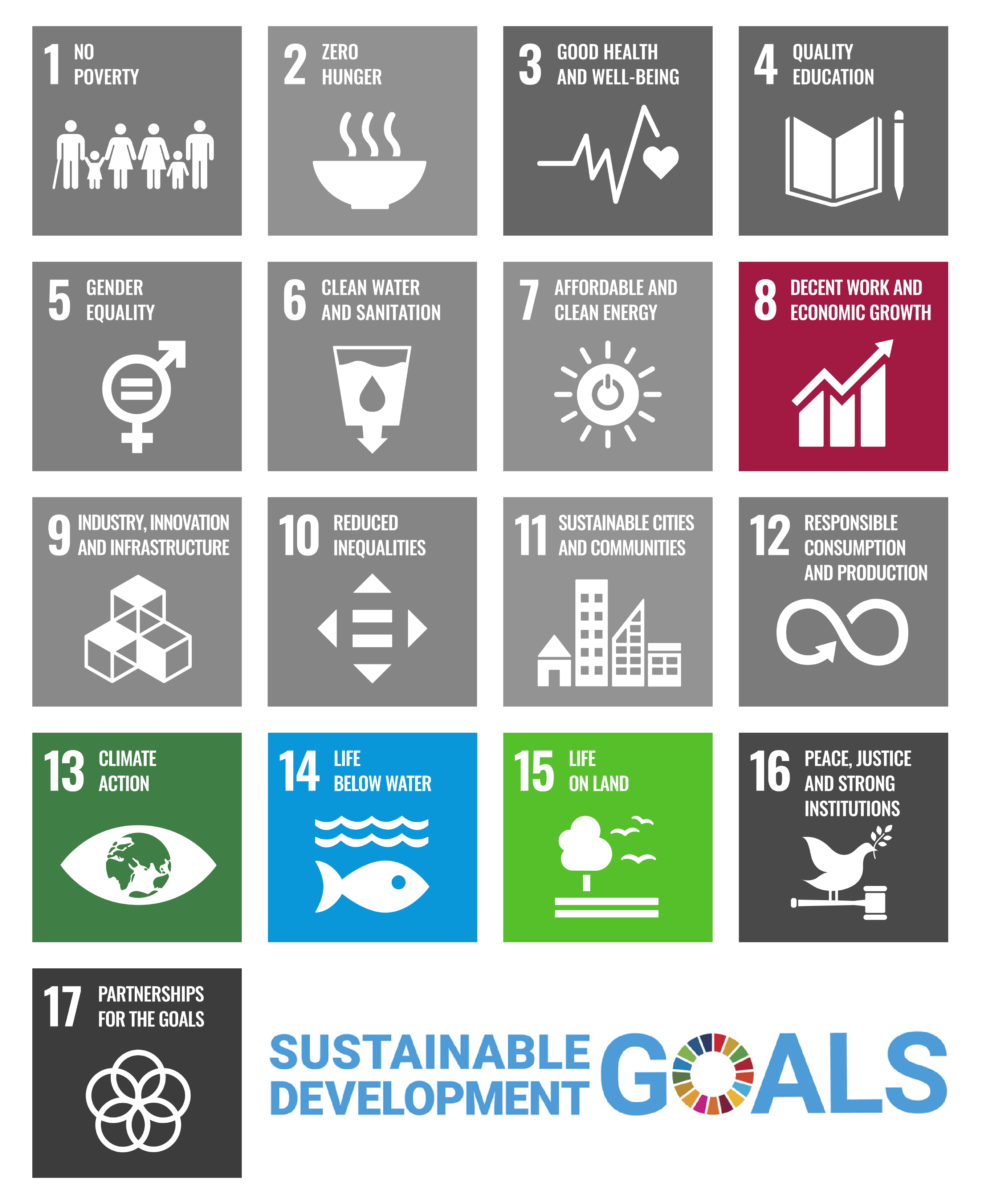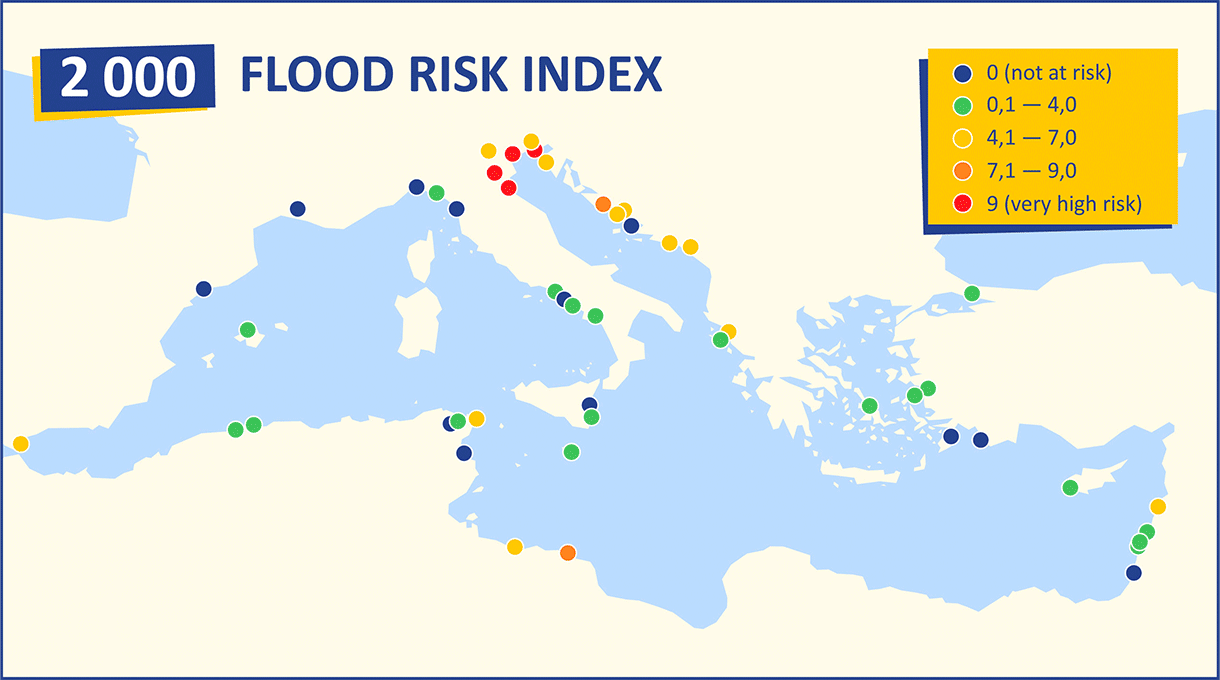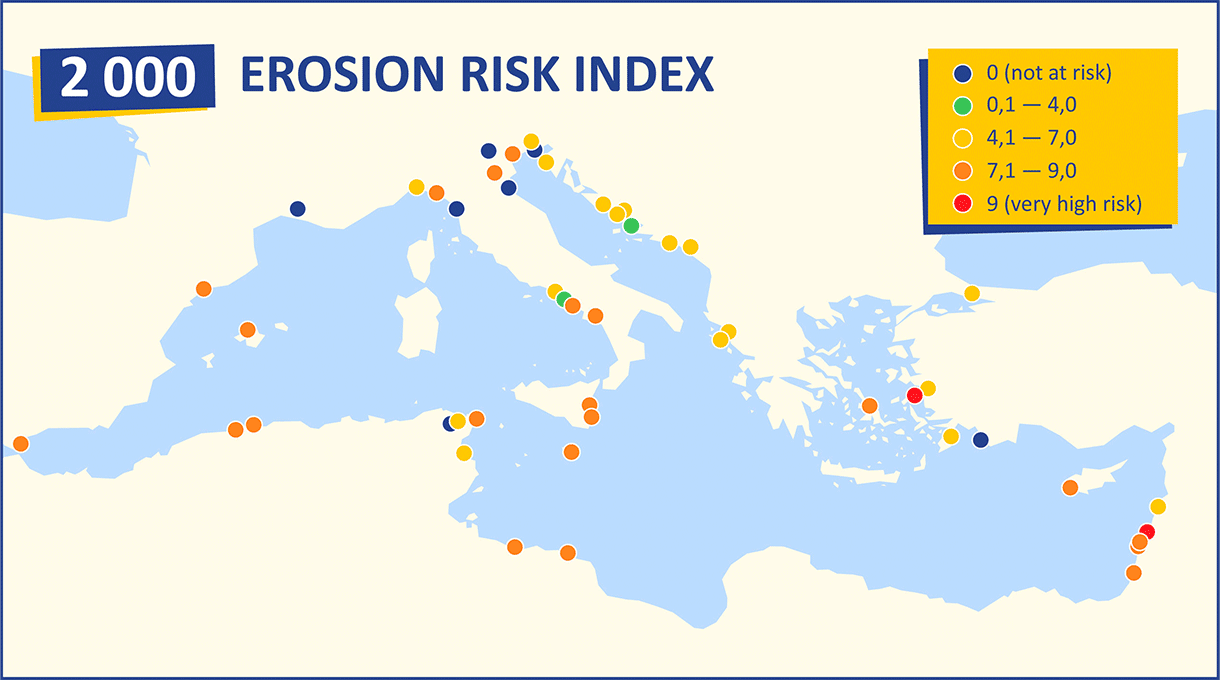Risk to World Heritage Sites across the Mediterranean from rising sea levels
By ECMWF & the Union for the Mediterranean

The Mediterranean coastline is home to centuries of cultural legacies from past civilizations: Phoenician, Greek, Egyptian, Roman, Byzantine and many others. These pieces of our heritage have withstood the test of time but are facing an abrupt challenge from climate change: rising sea levels threaten to submerge cultural heritage sites located in low-lying coastal zones.
Tourism linked to cultural and natural heritage drives many local economies in the Mediterranean, making climate adaptation efforts ever more urgent. Across the Mediterranean, 49 cultural UNESCO World Heritage Sites lie along at-risk coastal areas, including well-known touristic locations such as Alexandria in Egypt, Carthage in Tunisia, Venice in Italy and the island of Delos, in Greece.
"This unique archaeological complex is here, surrounded by the sea. And this affects the monuments heavily because they are exposed to marine erosion. This phenomenon is now being accelerated by the climate change, and this is one of the most important problems that we have to deal with as archaeologists for the protection and the safeguarding of this unique archaeological site."
Demetrios Athanasoulis (Director of the Ephorate of Antiquities of Cyclades) discusses the impacts of climate change on the World Heritage Site of Delos.
Demetrios Athanasoulis (Director of the Ephorate of Antiquities of Cyclades) discusses the impacts of climate change on the World Heritage Site of Delos.
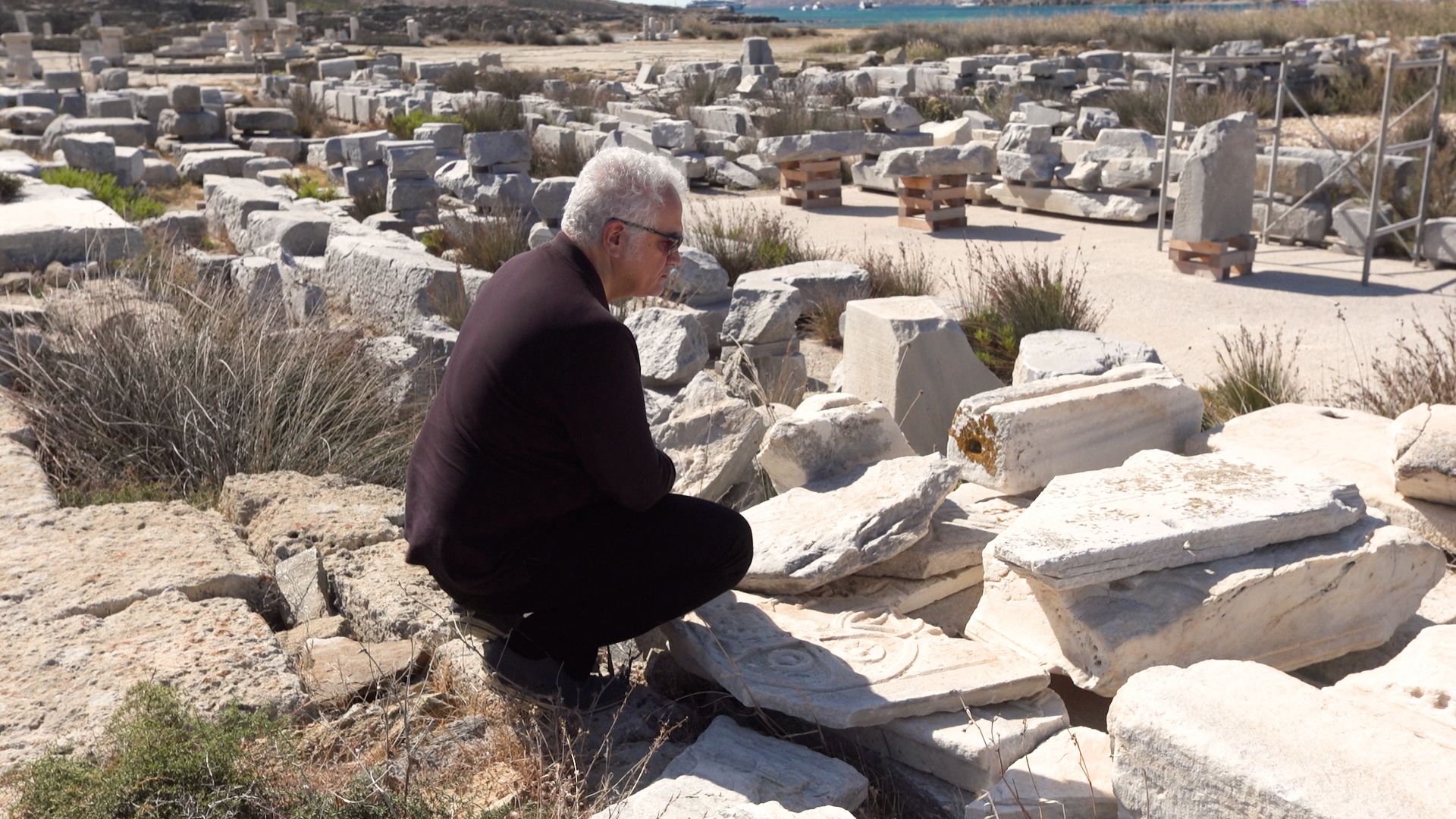
Owing to a combination of thermal expansion of seawater and land-based ice melt, the Mediterranean sea level has been rising at an average pace of 2.8 mm per year over the past 30 years. This marks an increase in the pace of sea level rise compared with the twentieth century average. By 2100, sea level could have risen 90 cm above the year 2000 level, with local variations of up to 10 cm.
Overall, the risk of coastal flooding and erosion, mostly associated with storm surges and high tides, is expected to increase because of the rise in mean sea level. Even today, many cultural heritage sites in the Mediterranean region face risks from coastal flooding.
Out of the 49 World Heritage sites on the rim, 37 are at risk from a centennial flood, and 42 of them are at risk from coastal erosion.
By 2100, a total of 47 of the 49 UNESCO sites are projected to be threatened by coastal flooding or erosion, due to sea level rise.
Besides the impacts from rising seas, higher temperatures will increase thermal stress on materials used in many ancient buildings and sculptures, such as marble, stone and masonry. There are also indirect impacts of climate change from deterioration of air quality and persistent pollution, which cause additional chemical stress.
"Floods, droughts and heavy rains create cumulative damage to the old monuments. For example, the drying process that follows flooding induces salt crystallization that slowly fractures stones such as marbles."
The multiple consequences of climate change and air quality to cultural and natural heritage include structural damages, deterioration of facades due to thermal stress from freeze/thaw cycles, salt crystallization and weathering, penetration of moisture into porous materials, blackening of materials due to biomass accumulation, and eutrophication damage.
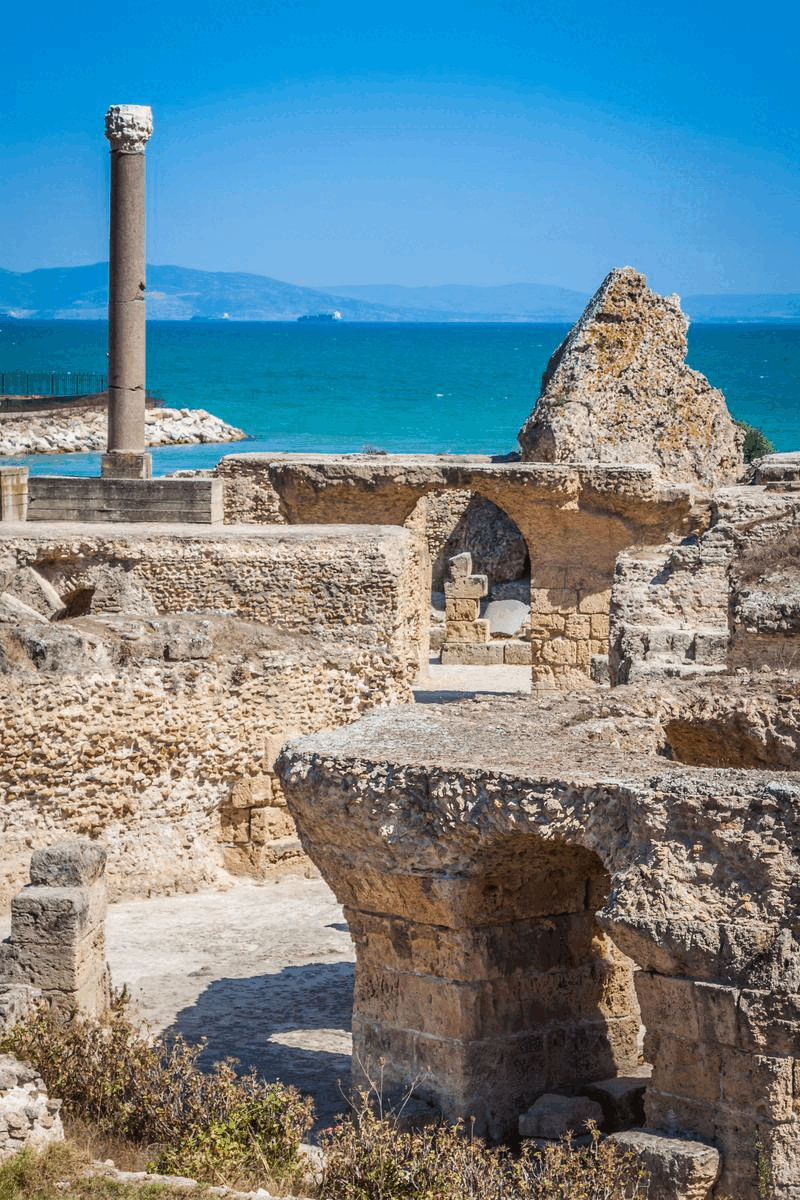
In order to face these risks, it is key that we understand how they will change in the future. Sector professionals have data needs which range from observation data (indicators on past climate) for monitoring, to decade-long forecasts and century-scale climate projections. Operated by the Copernicus Climate Change Service (C3S), the Copernicus Climate Data Store (CDS)'s mission is to make available data that is free, quality assured, and responds to user needs.
The Climate Data Store provides several relevant datasets to help assess the impacts of climate change on cultural heritage.
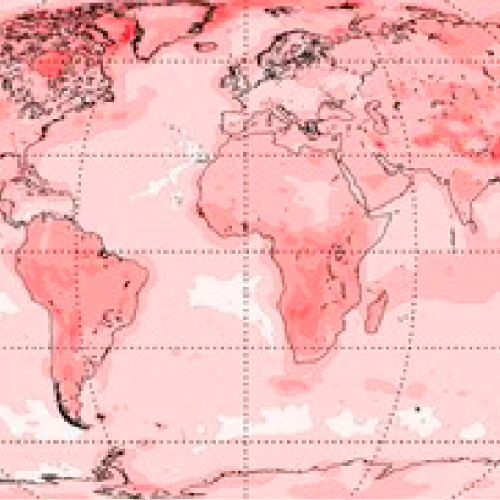
Reconstruction of past climate from 1959 to present
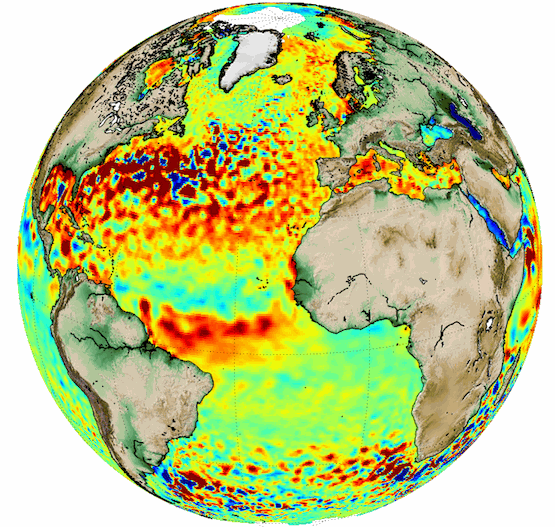
Gridded sea level observations from 1993 to present
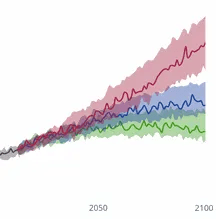
Forty-six atmosphere and ocean variables, from 1850 to 2100
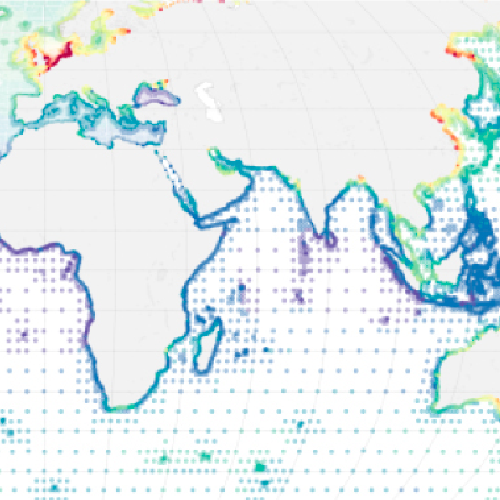
Climate projections derived from CMIP6, from 1977 to 2100
Even though the data exist, in some cases there is a lack of awareness and capability for using climate data to support decision-making within the cultural heritage sector.
“The main challenge is that the evidence of climate change risks is limited and site managers are not aware of the issues and busy with short-term priorities (day to day challenges). There’s very limited tools and capacity at site level to understand the impact and address them. Risk assessments do not account for climate change.”
To help site managers deal with the challenges of climate change, the Copernicus Climate Change service (C3S) has teamed up with the Union for the Mediterranean (UFM) to provide climate data in an easy-to-use format. Jointly, they have created an application to assess the risks of coastal flooding and sea level rise on World Heritage Sites in the Mediterranean.
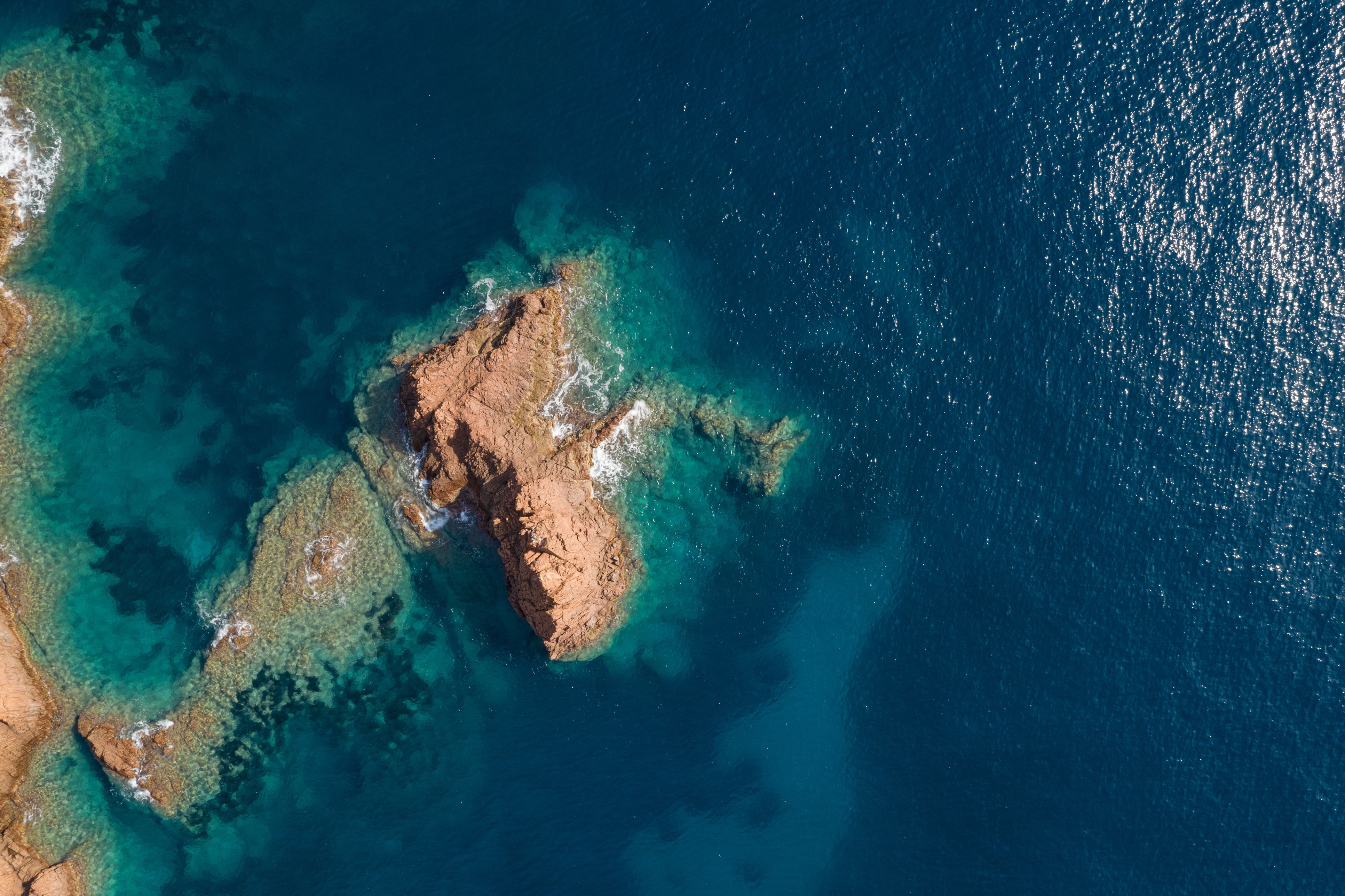
"It is an extremely precious tool because it will illustrate the problem and it will give us the scientific basis, the knowledge base that we need to be able to take the appropriate measures, but also to launch the warning signals."
George Kremlis emphasizes the importance of using climate data for adaptation in island settings.
George Kremlis emphasizes the importance of using climate data for adaptation in island settings.
The application demonstrates how C3S's climate data can be used to support climate action in the Mediterranean. The application displays sea level height during a 1 in 100 year extreme event including projected sea level rise for the year 2050. A simple risk index is used to determine the impact of coastal flooding on World Heritage Sites.
The application was developed in the CDS toolbox using pre-computed climate indicators that are freely available and quality-assured in the CDS. The application's code is also freely available, allowing users to build upon the code to develop their own version of the application in a fully transparent and reputable manner.
Demo of the C3S application on sea level rise in Cultural Heritage sites around the Mediterranean
Demo of the C3S application on sea level rise in Cultural Heritage sites around the Mediterranean
The application draws upon a wide variety of climate data and indicators available in the CDS.
The development of this application exemplifies how the CDS adds value by providing quality assured reference data and supports data-driven climate solutions for a range of users at local and regional scales. Stakeholders may develop further applications in support of local initiatives.
In Delos, for instance, several initiatives are underway to protect the site from the risks of sea level rise where climate data, such as that provided by C3S, is identified to be relevant to support the adaptation measures.
Demetrios Athanasoulis, Director of the Ephorate of Antiquities of Cyclades, explains how his team will make use of climate data in Delos.
Demetrios Athanasoulis, Director of the Ephorate of Antiquities of Cyclades, explains how his team will make use of climate data in Delos.
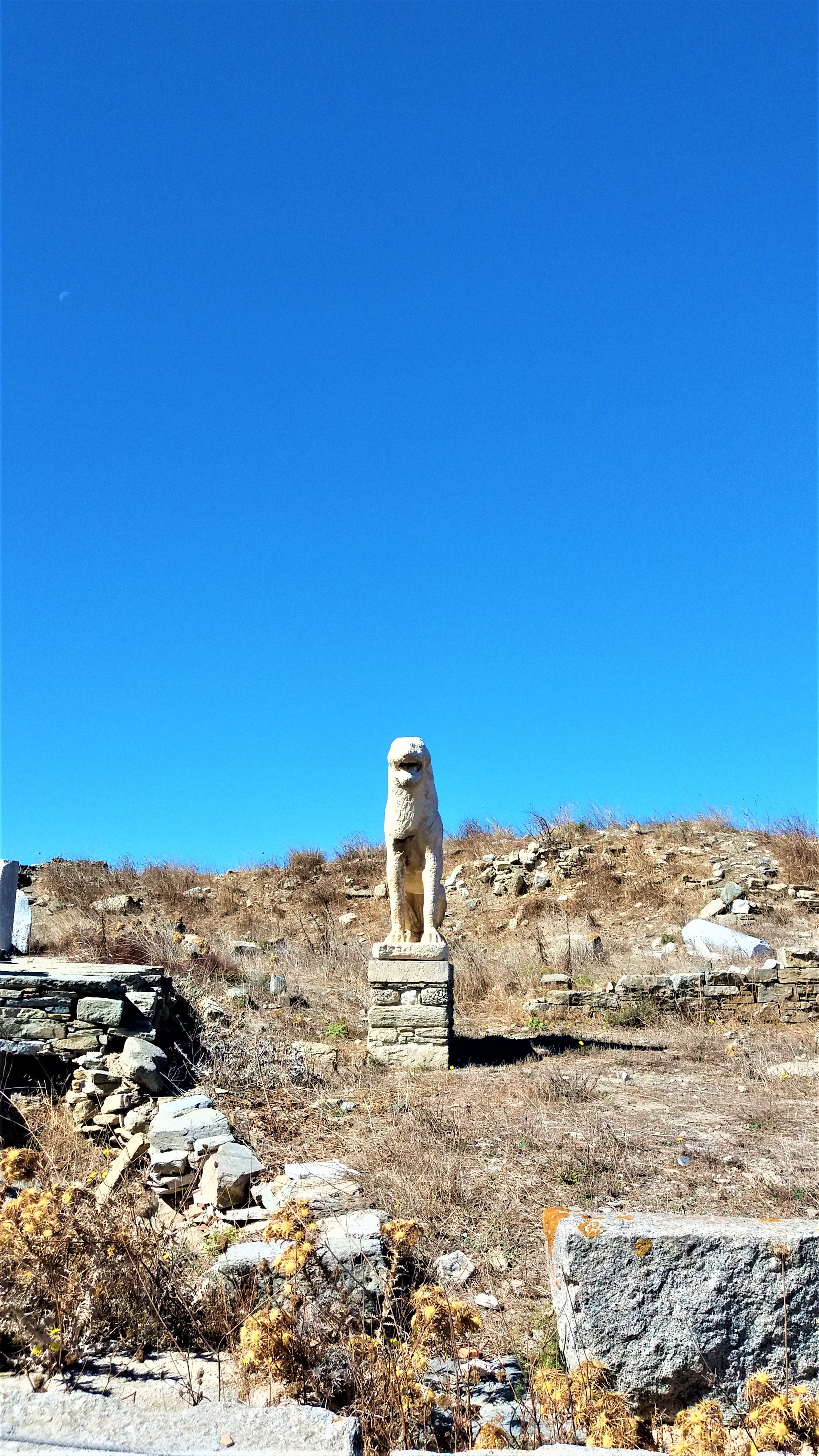
Indeed, climate change adaptation measures can effectively mitigate these risks if adequately planned and implemented. These include:

Soft ecosystem-based protection
Only massive coastal protection and other sustainable development policies, including accommodation, retreat, or managed realignment, could reduce the growing number of people exposed to sea level rise by 20%. Examples include the coastal flood and erosion protections along the subsiding Nile Delta coast.

Engineering protection
Coastal engineering protection projects include establishment of dykes or groynes. Although they may protect coasts for the next few decades, these engineering options have also adverse impacts for coastal ecosystems and may not ensure that the recreative value of Mediterranean coasts can be sustained.

Nature-based solutions
Nature-based solutions aim at reducing future coastal risks by restoring a buffer zone in coastal areas (e.g., through managed realignment), leaving space for sediments and coastal ecosystems, thus reducing the hazard and exposure to coastal flooding and erosion. In contrast, large-scale geoengineering projects such as surface height control dams carry unknown risks for ecosystems.
